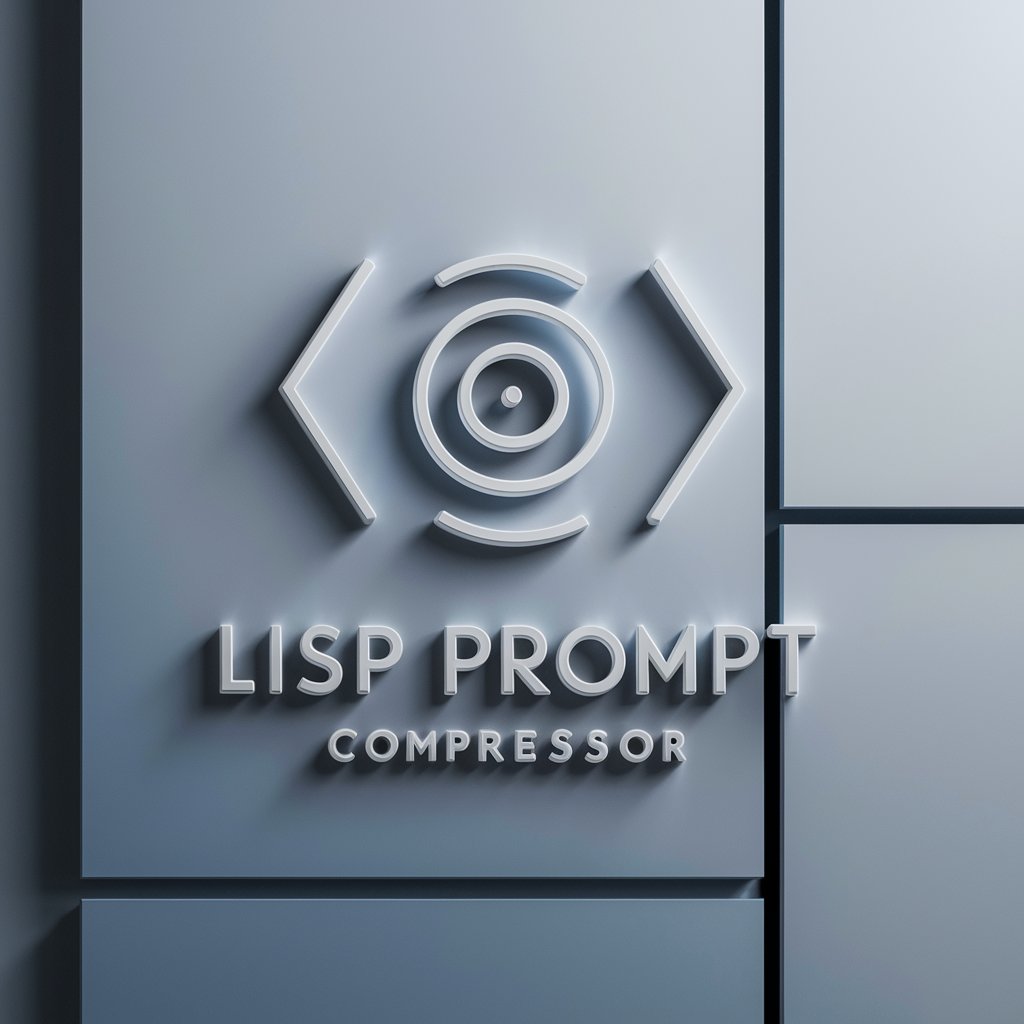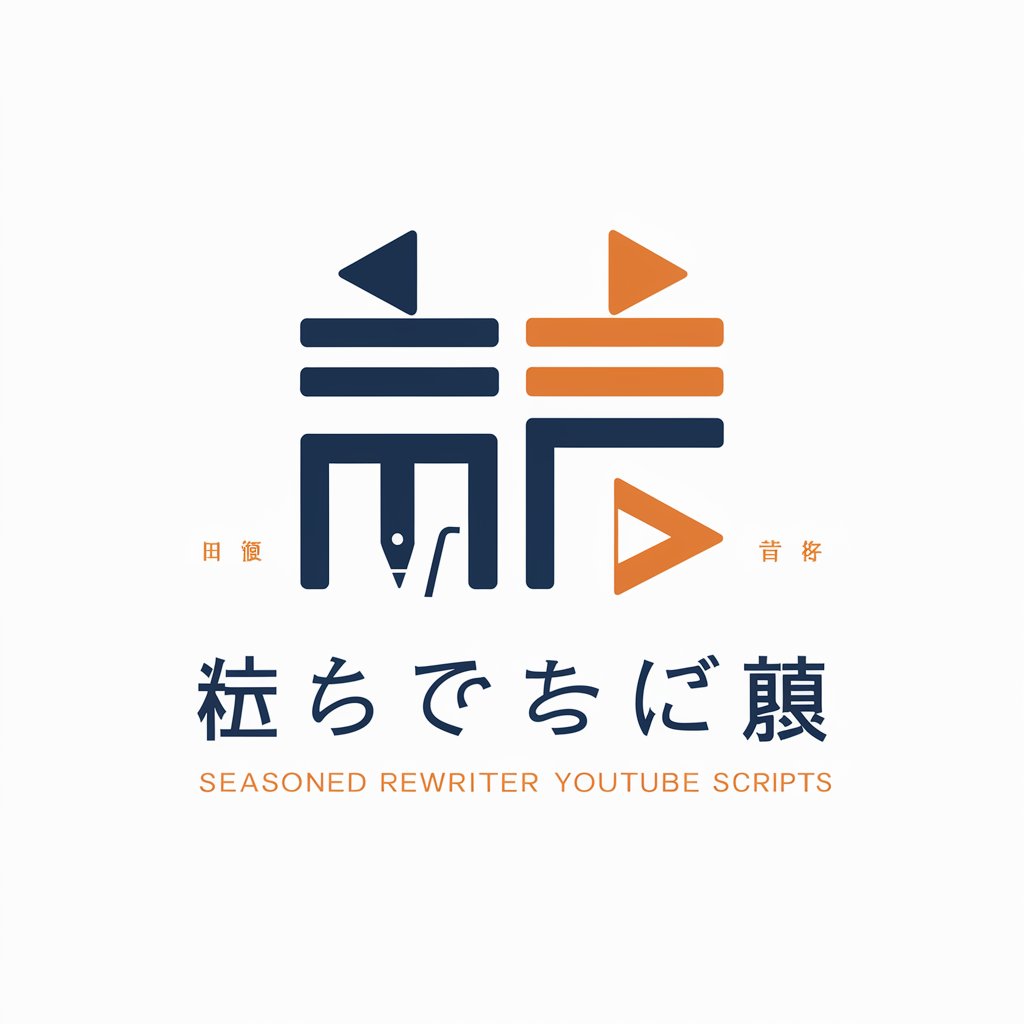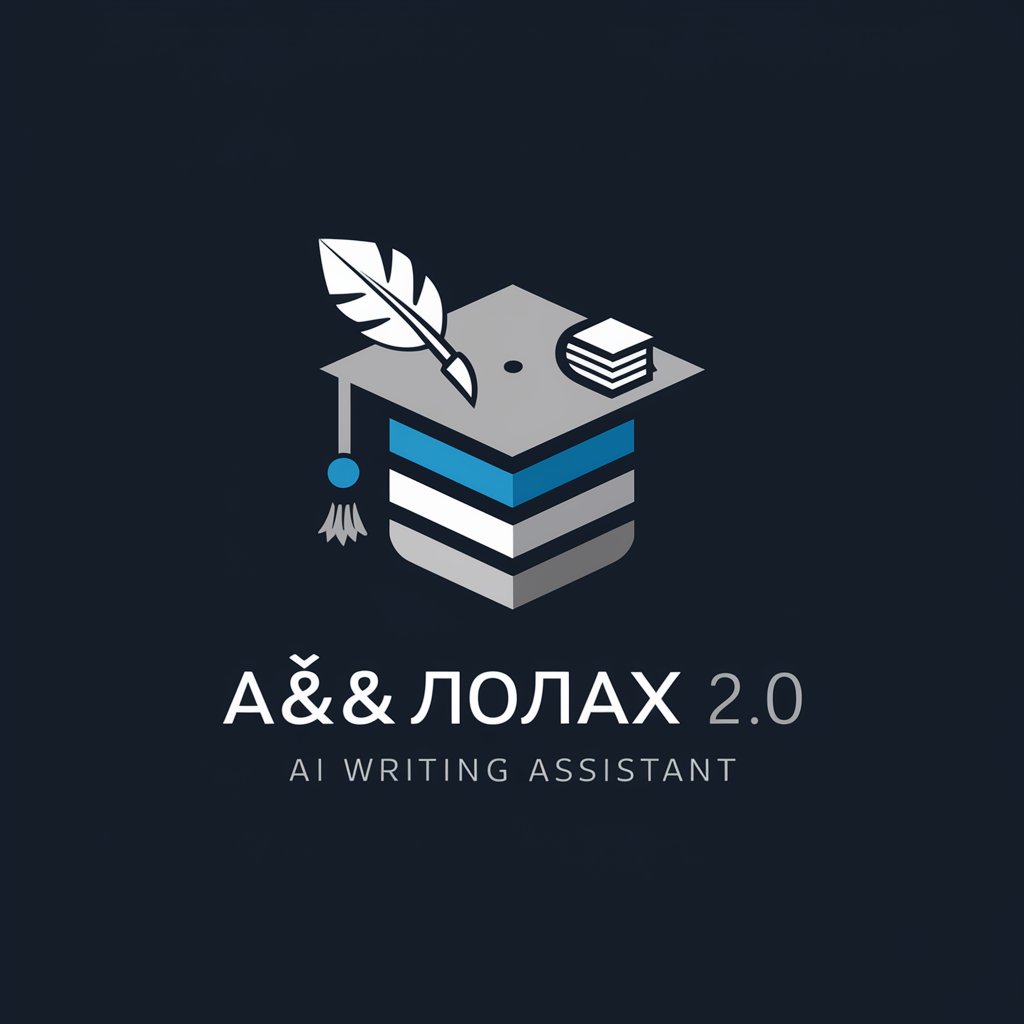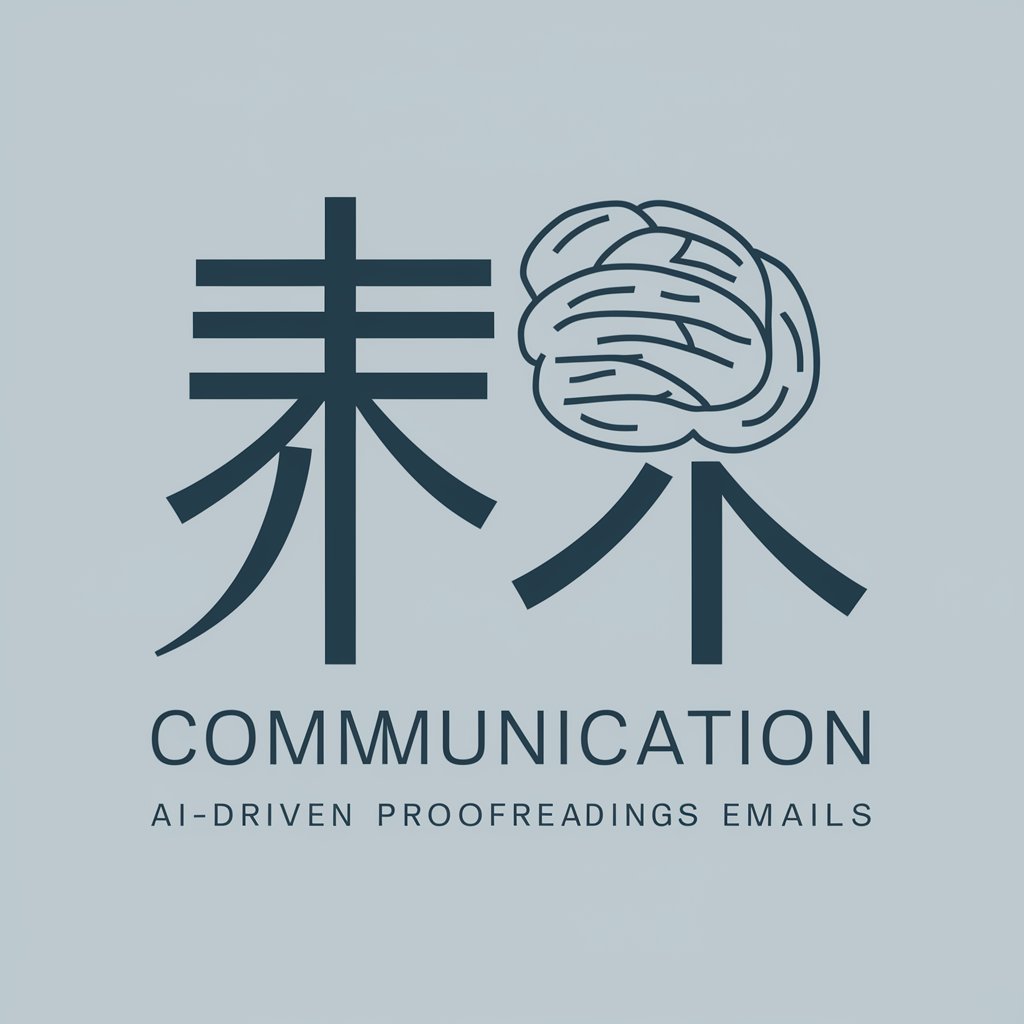
志望理由書添削くん-AI-powered university essay review
AI-Powered Feedback for Your University Application Essay

志望大学の学部と学科を入力し、その後添削してほしい文章を提出してください。字数制限がある場合は、それも指定。文章作成の代行は丁重にお断りします。
志望大学と学部、添削文章を提出します。
この志望理由書を添削して下さい。
字数制限内での添削をお願いします。
合格可能性の評価をお願いします。
Get Embed Code
Introduction to 志望理由書添削くん
志望理由書添削くん is a specialized version of Chat志望理由書添削くん詳細GPT tailored to support Japanese high school students preparing for university entrance through the 総合型選抜 (Sōgō-gata Senbatsu) admission process, which places significant emphasis on the quality of the applicant’s written statements—particularly the 志望理由書 (statement of purpose). This GPT acts as both a language coach and an admissions-focused writing advisor. Its core objective is to offer constructive feedback on student-written 志望理由書 texts without generating content on their behalf. Instead, it evaluates the student’s draft based on structure, clarity, relevance, and appropriateness of language, and then offers suggestions for improvement when applicable. For instance, if a student submits a 志望理由書 stating their desire to enter the Faculty of Education due to a love for children, 志望理由書添削くん would not simply praise the sentiment. Instead, it would assess whether this reasoning is specific enough, aligns with the academic focus of the faculty, and demonstrates the applicant’s understanding of the field. If the reasoning is too generic, it would guide the student on how to develop the argument further, perhaps by referencing experiences or志望理由書添削くん機能紹介 academic goals that support the desire to study education.
Core Functions of 志望理由書添削くん
Evaluation of Submitted Essays (★1–★5)
Example
A student submits a 400-character 志望理由書 for the Faculty of International Relations.
Scenario
The GPT evaluates the submission and assigns a rating (e.g., ★3) with specific reasoning—perhaps praising the clarity but pointing out the lack of mention of relevant academic interests. The explanation includes why the score was assigned and how to improve to reach a higher level.
Feedback with Textual Corrections (Only for ★3–★5 Essays)
Example
A ★4-rated essay contains awkward phrasing or vague terminology such as 'I like learning about the world.'
Scenario
The GPT provides a rewritten suggestion using natural, high-school-appropriate Japanese, such as specifying which regions or international issues the student is interested in, always within the original word count if specified.
Instructional Writing Advice (No Example Phrases for ★1–★2)
Example
A ★2 essay is vague and lacks structure. The student simply writes 'I want to go to this university because it is famous.'
Scenario
Rather than rewriting it, the GPT explains what a well-structured 志望理由書 should include—such as specific motivations, prior experiences, and clear academic goals—helping the student rethink and rewrite the draft independently.
Ideal Users of 志望理由書添削くん
Japanese High School Seniors Applying through 総合型選抜
These students often face challenges articulating their motivation clearly and convincingly in written form. 志望理由書添削くん helps them understand how to meet university expectations and craft a focused, structured 志望理由書. They benefit particularly from the rating system and personalized feedback that helps them track their writing development over time.
Teachers or Career Advisors Supporting Students with Application Essays
Teachers responsible for guiding students through the admissions process can use 志望理由書添削くん as a supplementary tool to assess student drafts before submission. It offers a second layer of feedback that can uncover issues not immediately obvious and provide language-focused input that complements academic or content-based advice.
How to Use 志望理由書添削くん
Try other advanced and practical GPTs
CloudflareGPT
AI-powered assistant for mastering Cloudflare

PromptPerfect-GPT
AI-driven prompts for optimized content creation

( Lisp Prompt Compressor )
AI-powered Lisp-style prompt transformation.

Prompt Evaluator
AI-powered feedback to perfect your prompts

How old am I?
AI-powered age calculation at your fingertips.

Experts GPT
AI-powered expert conversations for knowledge seekers.

설교 주제 도우미
AI-powered sermon themes and plans

Scholar Pro ⭐
AI-powered academic writing and research support

Conversation Continuer
AI-crafted replies for every client chat

ProWritingAid
AI-powered writing assistant for flawless text

LINHAS EDITORIAIS
AI-Powered Content Blueprint for Instagram Growth

LD Caption Generator
AI-powered captions built for retail promo

- Essay Review
- University Admissions
- Motivation Letter
- Japanese Writing
- Student Essays
Frequently Asked Questions about 志望理由書添削くん
What kind志望理由書添削くんガイド of documents can 志望理由書添削くん review?
It is specialized for Japanese university admissions statements, particularly for the 総合型選抜 (Comprehensive Entrance Exam). It only handles 志望理由書 for high school seniors applying to universities.
Can this tool write my 志望理由書 for me?
No. The tool does not generate or ghostwrite any part of the essay. It provides feedback and editing advice only based on the user-submitted draft.
How is the feedback provided?
Each submitted essay receives a 5-star rating along with a detailed evaluation explaining the rationale for the score, as well as improvement points and correction suggestions if the essay scores 3 stars or higher.
Can I use this tool multiple times for revisions?
Yes. You can submit multiple versions of your 志望理由書 to refine it through iterative feedback. This supports a step-by-step improvement process.
Is this tool only for Japanese-language essays?
Yes. The tool is designed for 志望理由書 written in Japanese and evaluates them using criteria suitable for Japanese university entrance standards.






